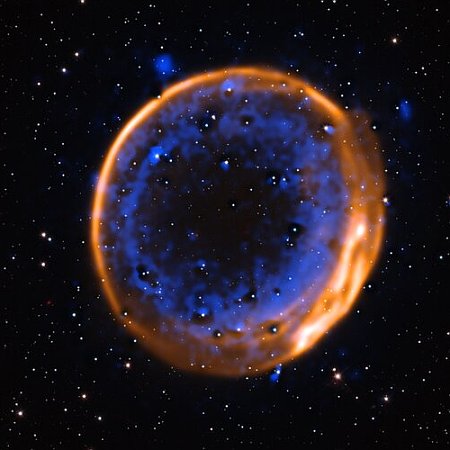July 7, 2025 Quick space links
Courtesy of BtB’s stringer Jay. This post is also an open thread. I welcome my readers to post any comments or additional links relating to any space issues, even if unrelated to the links below.
- Kennedy Space Center touts Sierra Space’s Dream Chaser mini-shuttle
I have no idea why, as it is hasn’t yet flown, is five years late, and there are even doubts it will ever fly.
- Former NASA science chiefs sign letter demanding Congress reject Trump’s proposed NASA budget
Of course they do. I ask: Why does anyone take them seriously? NASA’s recent work, especially with Mars Sample Return, surely does not speak well of its management. And that’s where the biggest cut is in the science budget.
- Next launch of Kuiper satellites will take place on a Falcon 9, on July 16, 2025
SpaceX got its Kuiper launch contract last (after ULA, Blue Origin, and Arianespace), has only three scheduled, and yet it will likely complete all three before the three other companies get going.
- On this day in 2003 the Mars rover Opportunity was launched
Designed to work on Mars for 90 days, it ended up operating on the Martian surface for fourteen years.
Courtesy of BtB’s stringer Jay. This post is also an open thread. I welcome my readers to post any comments or additional links relating to any space issues, even if unrelated to the links below.
- Kennedy Space Center touts Sierra Space’s Dream Chaser mini-shuttle
I have no idea why, as it is hasn’t yet flown, is five years late, and there are even doubts it will ever fly.
- Former NASA science chiefs sign letter demanding Congress reject Trump’s proposed NASA budget
Of course they do. I ask: Why does anyone take them seriously? NASA’s recent work, especially with Mars Sample Return, surely does not speak well of its management. And that’s where the biggest cut is in the science budget.
- Next launch of Kuiper satellites will take place on a Falcon 9, on July 16, 2025
SpaceX got its Kuiper launch contract last (after ULA, Blue Origin, and Arianespace), has only three scheduled, and yet it will likely complete all three before the three other companies get going.
- On this day in 2003 the Mars rover Opportunity was launched
Designed to work on Mars for 90 days, it ended up operating on the Martian surface for fourteen years.














